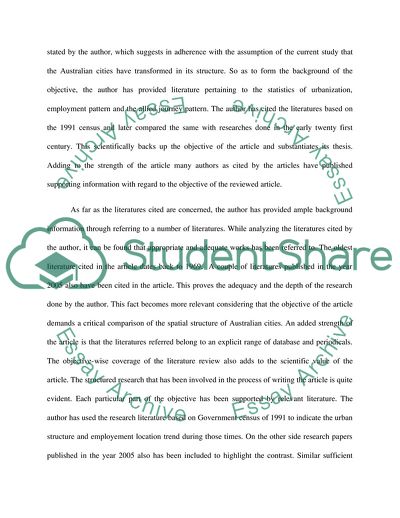Cite this document
(The Challenge of Change - Australian Cities and Urban Planning in the Article, n.d.)
The Challenge of Change - Australian Cities and Urban Planning in the Article. https://studentshare.org/engineering-and-construction/1726635-article-review
The Challenge of Change - Australian Cities and Urban Planning in the Article. https://studentshare.org/engineering-and-construction/1726635-article-review
(The Challenge of Change - Australian Cities and Urban Planning in the Article)
The Challenge of Change - Australian Cities and Urban Planning in the Article. https://studentshare.org/engineering-and-construction/1726635-article-review.
The Challenge of Change - Australian Cities and Urban Planning in the Article. https://studentshare.org/engineering-and-construction/1726635-article-review.
“The Challenge of Change - Australian Cities and Urban Planning in the Article”. https://studentshare.org/engineering-and-construction/1726635-article-review.


